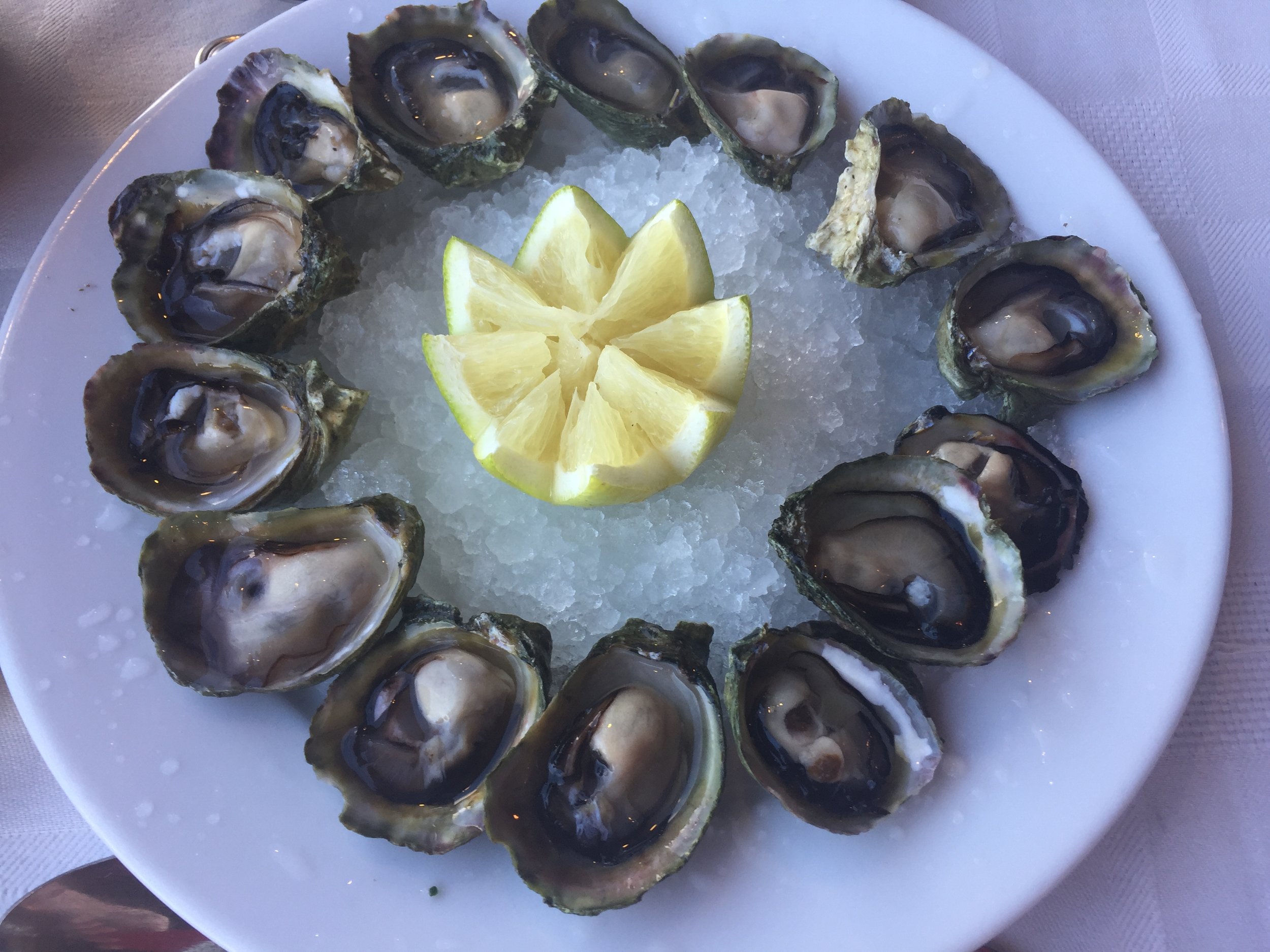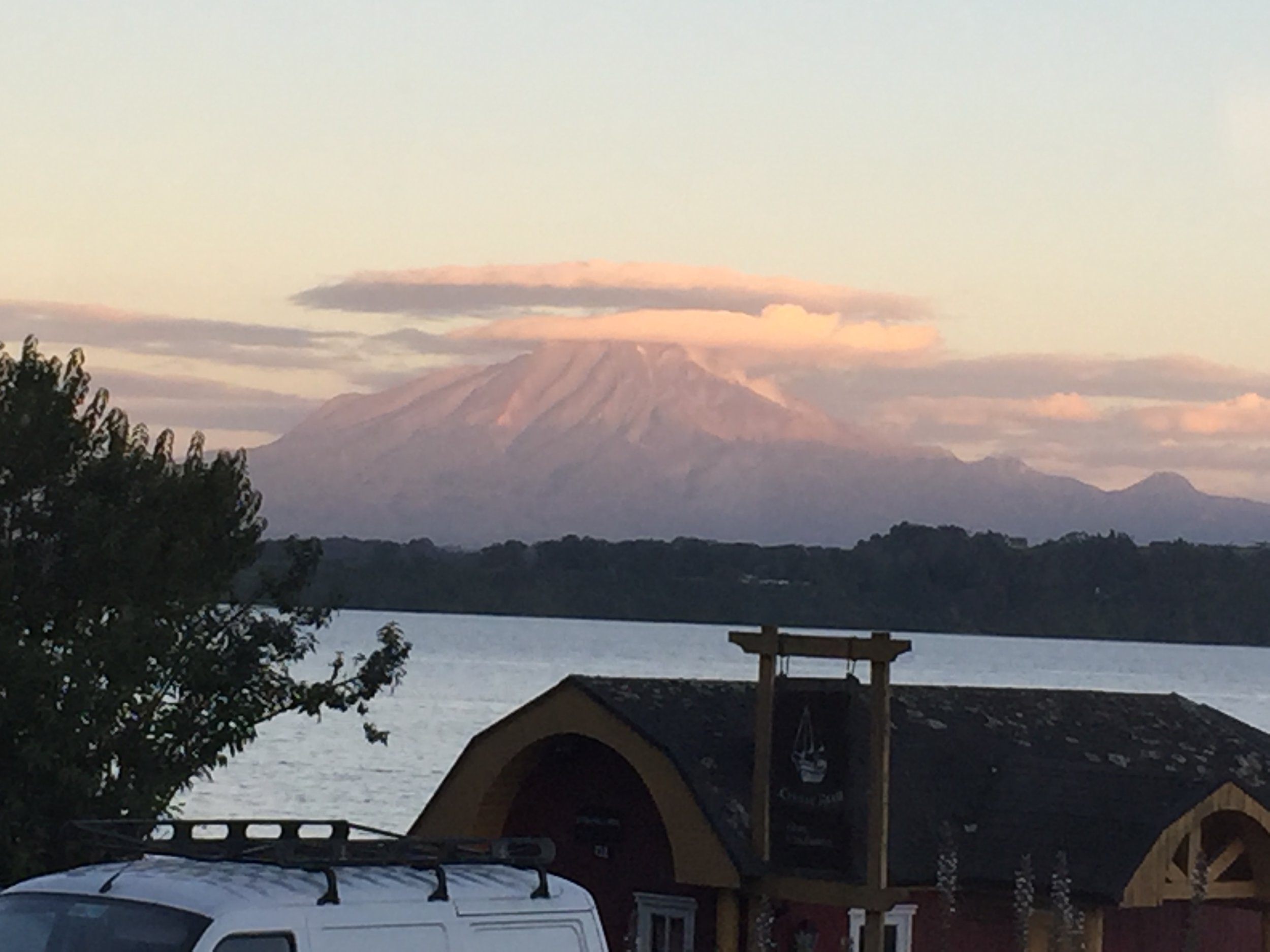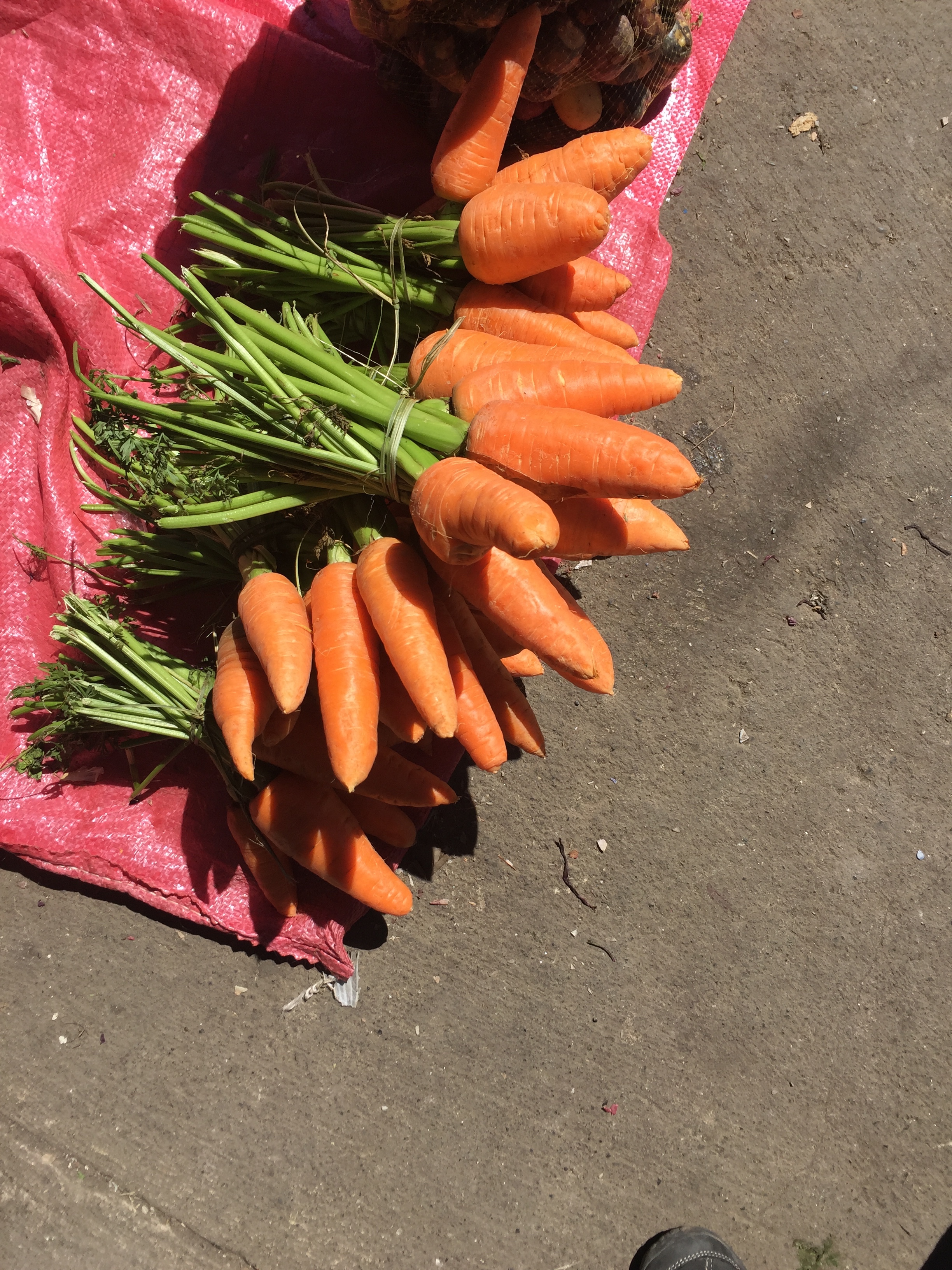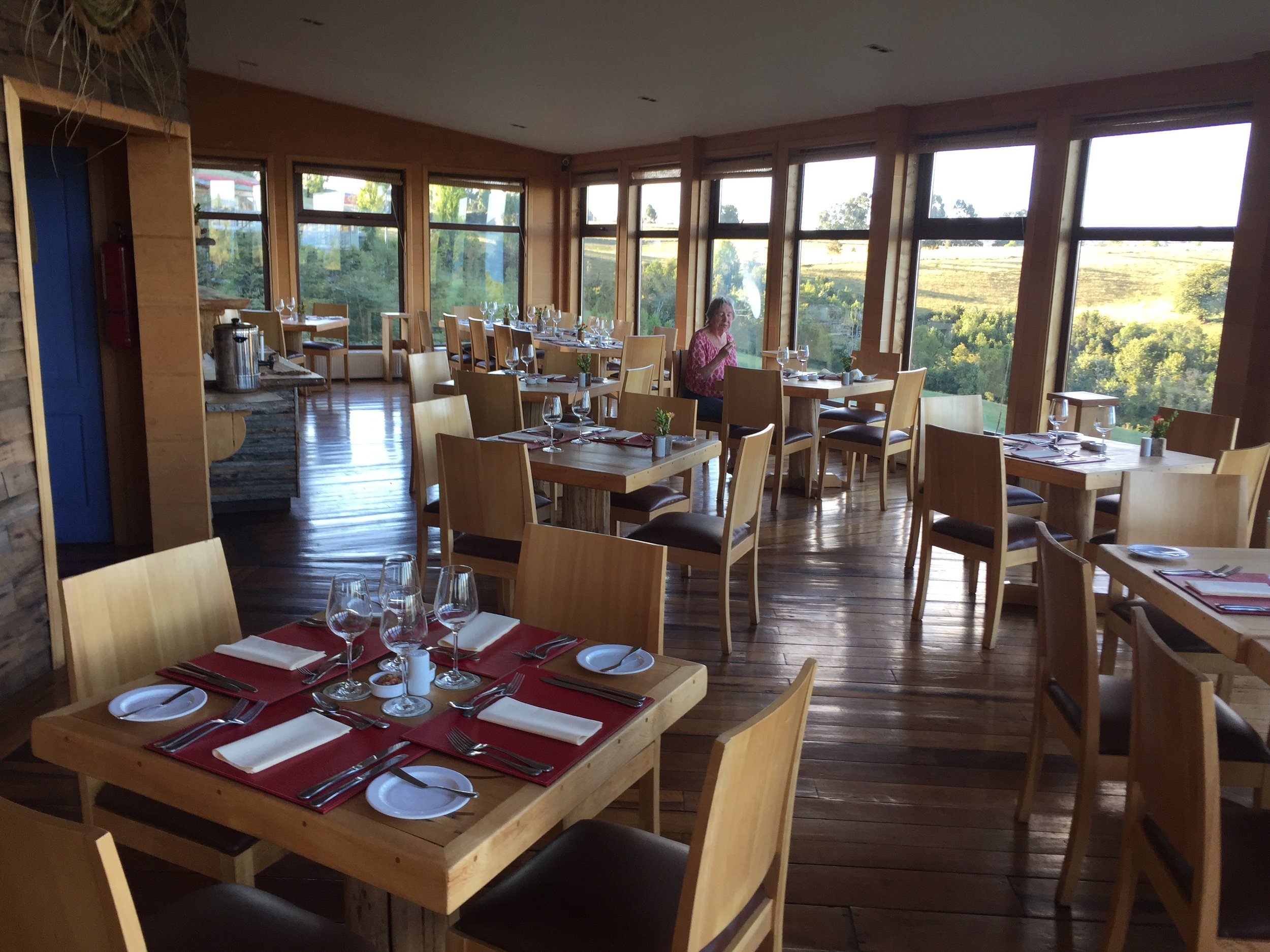Chile Revisited -January 2017
A three and a half hour flight on Chilean Sky Airlines brought us from Lima, Peru to Santiago where we spent three nights. We stayed in the Lastarria Barrio (neighborhood) the most upscale area in Santiago, similar to Lima’s Miraflores. Santiago, at latitude 33 degrees south of the equator, is 1,500 miles south of Lima and, as we quickly realized, much warmer, which called for a quick switch to shorts and sandals. A bonus was picking up another hour of daylight since we were much further below the equator.
This was our fourth trip to Chile; the first in 1998 when we came up by bus from Ushuaia, Argentina, rented a car and drove through Patagonia to Torres del Paine National Park and then took a cattle boat into Chile’s inside passage. Our second visit was in 2007, when we drove north from Santiago to Antofagasta and then across the Paso de Jama into Argentina. Our third was in 2015 when we hired a car to drive us from Mendoza, Argentina across the Andean Libertadores Pass to Santiago for a flight home.
On this 2017 trip we didn’t do much in Santiago since we were both tired and had a bit of a stomach ache, perhaps from something we had eaten in Lima, so we took a time out and rested. We had dinner in Bellavista, a happening scene with literally thousands of young people drinking in a myriad of bars and restaurants. We stayed in the Hotel Lastarria Boutique and were upgraded to a suite, maybe because we had stayed there before.
On our second day in Santiago we learned there were fires burning in the south. The fires had spread over a large area of central Chile, were being reported as the worst in the country’s history, had claimed more than 1,500 homes and were out of control. The fires had already destroyed more than 100 vineyards and fire-fighting planes were being flown in from the US and other countries.
Our original plan was to rent a car in Santiago and drive south toward the Lake Region, but because of the fires we cancelled the car and flew from Santiago to Puerto Montt, 600 miles south of Santiago and well beyond the fire area. The Lake Region, also called Region de Los Lagos or La Araucania, is significantly cooler than Middle Chile with pleasant temperatures in the mid 70’s. It’s considered the beginning of Patagonia.
Puerto Montt is mostly commercial and not a particularly attractive city, so we booked a hotel in Puerto Varas on Lake Llanquehui, with views of two volcanoes including the conical snow capped Volcan Osorno. The other volcano, Volcan Calbuco, is no longer snow capped due to its erupting in April, 2015; its peak was flattened and it’s now covered with earth and volcanic ash. Puerto Varas is a delightful small lake front town filled with Chileans on holiday, good hotels and restaurants and a sprinkling of foreign tourists. We had booked the Hotel Solace for only one night, but liked the town and hotel so much we extended for two more nights.
We had a map of Chile we brought from home but it didn’t have sufficient detail for the Lake Region. Finding a good regional map in Puerto Varas was impossible, but we lucked into a nice guy in the tourist office who gave us one of his few copies. I think he liked the idea that I was able to talk to him using my limited but adequate Spanish.
In Santiago, through Expedia, we had reserved a car to pick up in Puerto Montt. I wanted a mid-sized four wheel drive SUV because I knew we’d be on dirt and muddy roads. What should have been a simple rental process became complicated, but with a happy ending. The company we used was Ace Car Rentals in Puerto Montt, but when we went to get the car we learned that Ace had been bought by another company, which resulted in confusion. But they upgraded us to a larger 2017 Hundai Santa Fe, a great SUV, at no additional cost.
Using our map, we drove around the lake, a route called Circuito Lago Llanquehui, mostly following the lakeshore with excellent views of the two volcanoes. We returned to Puerto Varas, had dinner at a lakeshore restaurant, and then a long walk along the lake front. At latitude 42 degrees south of the equator it stays light until 10 pm.
We had a choice of several destinations and decided we’d head south to Chiloe Island (officially called Isla Grande de Chiloe), about a two hour drive on the four lane Pan American highway (Ruta 5). While Chiloe is part of Chile, its remoteness has enabled it to retain a separate identity. Chiloe is characterized by many wood shingled churches, pastel colored wooden houses mounted on stilts (palafitos), plentiful seafood, including a stew called curanto, and a mythology of ghost ships, pirates and witchcraft. It’s the second largest island in South America filled with beautiful inlets, estuaries, islands connected by small ferries and solitary roads leading through dense forests. The island receives a substantial amount of rainfall, which gives it a lush, verdant appearance, and it was a good choice for our four day adventure.
There are more than150 pastel covered, wood-shingled churches, all of which have been designated as a UNESCO World Heritage site, and there is a Circuito de Iglesias (Road of Churches) that covers most of the island. Their architecture is unique in the world and, unlike classical South American colonial architecture, uses native timber with extensive use of wood shingles. This material was used to resist Chiloe’s humid and rainy oceanic climate.
After crossing to Chiloe on the ferry, Misti found a restaurant called Ostra Caulin, just off the main road. We followed a dirt road for several miles and came across the restaurant facing the Pacific in a cute cottage. We feasted on fresh, tasty ostras (oysters) and learned that the word “ostiones”, which we thought meant oysters, actually means scallops. The funny old gent, who must have been the owner, showed us how to properly cut the meat from the shell. We liked the restaurant so much we made a return visit when we left the island four days later.
The main town in Chiloe is Castro, about an hour south of the ferry crossing from the mainland. Since we were traveling during Chile’s high season, and had encountered some fully booked hotels, we decided not to do our usual “look and see” but rather to book a day or so in advance. Online, we booked the Hotel Quilquico, about twenty minutes outside of Castro. The hotel was a bit pricey for Chile but was lovely with rooms overlooking the Golfo de Ancud, which opens to the Pacific, as well as the snow capped Andes Mountains. We had booked for two nights but because the room was small, we asked it we could stay just one night. The woman in charge politely said that was not possible since they were full and she would not be able to rent the room. Misti wasn’t happy about this, but we stayed the two nights, and when we checked out and looked at the bill, they had reduced the rate significantly. Misti was planning to blast them on Trip Advisor but changed her mind after seeing the bill. The next day we moved to a hotel more conveniently located in the town of Castro.
There are three worthwhile road trips on the island and we took one on each of the three following days. Using our map we first went to Isla Quinchao, with a short ferry ride to the small towns of Curacao de Velez and Aacho. Both were small, laid back villages and frankly not much to do there other than stroll the plaza, shop for handicrafts and have lunch.
The next day we drove to Cucao, the town that is the entry point to Parque Nacional Chilote, which fronts on the Pacific and has terrain much like West Marin and Point Reyes. It began to rain and there were many backpackers along the road looking for rides to the park. We picked up two young backpackers from Santiago and were serenaded by the guy singing and playing his ukulele. On the way back to Castro, in pouring rain, we picked up two more hitchhikers, a young woman from Luxembourg and a young man from Germany. We spent a half hour discussing Trump and it was interesting to get their viewpoints, which essentially were that he’s scary and crazy. We returned to Castro, and for dinner Misti found a top-end restaurant called Mar y Canela where we had a memorable dinner in a tiny palafito cottage, with rain drumming on the roof.
Speaking of Trump, we left California on January 12 and Trump was inaugurated eight days later. We never were able to find English language television or newspapers but we followed his escapades each day online. Each morning we’d look at various sites to see what he was up to, and since Misti and I have different political leanings, we didn’t discuss much about Trump.
On our last day in Chiole, we drove to two more small towns: Chonchi, where we shopped for handicrafts and bought a sheepskin rug for our bedroom, and Queilen where we had an excellent seafood cazuela in a restaurant overlooking the Golfo Corcovada, which flows into the Pacific. The highlight of the three road trips was the ride itself, through virgin forests with views over bays and inlets leading to the Pacific, all with a feeling of remoteness and serenity. Chiloe and the Lake Region are special places on the planet that are as yet mostly undiscovered by tourist hordes. That may change if and when Puerto Montt puts in an international airport. Most travelers here are young backpackers, on tight budgets, staying in hospidajes (hostels)and headed for trekking, climbing or other outdoor sports in the national parks.
About driving in Chile. In a few words, it’s very easy and much like driving in the US. Unlike the madcap drivers in Peru, drivers here are polite, follow the rules, don’t cut you off and even, as in California, stop for pedestrians crossing the street. Roads are well-maintained and well-marked, there is little traffic and there’s no evidence of police looking to give tickets. We read that if you are stopped by the police it’s a mistake to attempt a bribe since you likely could wind up in jail.
Following our new policy of booking hotels a day or so in advance, we made reservations for our last three nights: the Cascadas Lodge in Puerto Octay on Lake Llanquihue and two nights at Hotel Solace in Puerto Varas, which we liked so much.
Without realizing it, we saved our best day trip for last. On our last day we ventured into the Colchamo Valley, referred to as the Yosemite Of Chile. The valley follows the Esturia Reloncavi, Chile’s northernmost fjord, where the Pacific meets the Andes mountains. It’s the northern end of Patagonia and is part of the famous Carratera Austral, which enables crossings from Chile to Argentina over mostly four-wheel drive dirt roads. We drove through the valley to Puelo, a frontier town surrounded by the towering snow covered Andes peaks; quite magnificent. The route has been in use as a trail for more than a hundred years and was a way for Argentinians to bring their meat products to Chile and Chileans to bring their seafood to Argentina.
Thus ended our trip and we flew home the next day. First a flight from Puerto Montt to Santiago, and then United to San Francisco via Houston. Misti swung Business/First Class for the long flight home. We returned to a rainy and cool California with the sun departing at 5:30 pm, quite a change from Chile’s warm and long days.
Art Faibisch
February 13, 2017
































































































